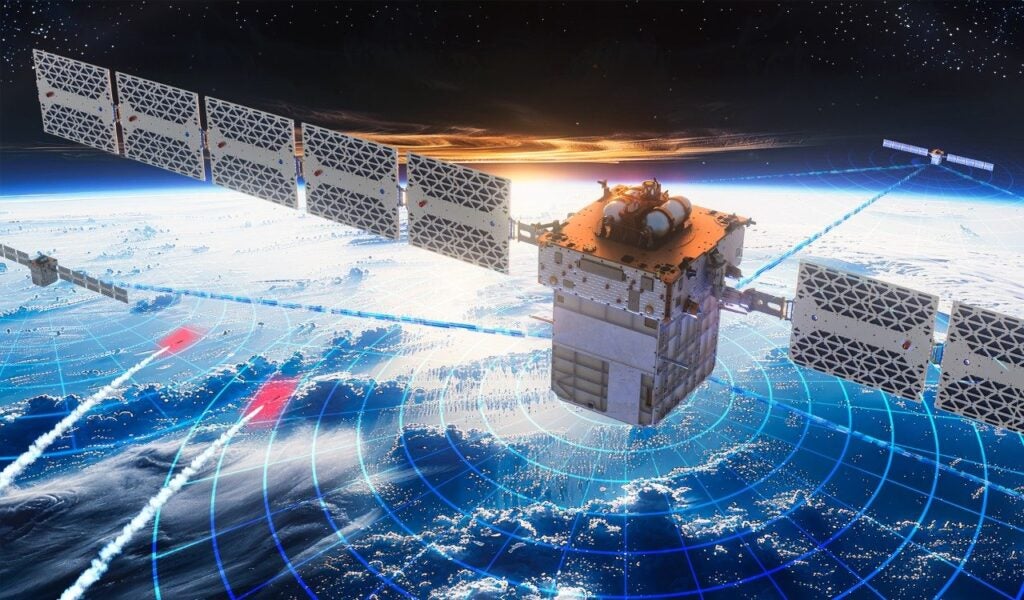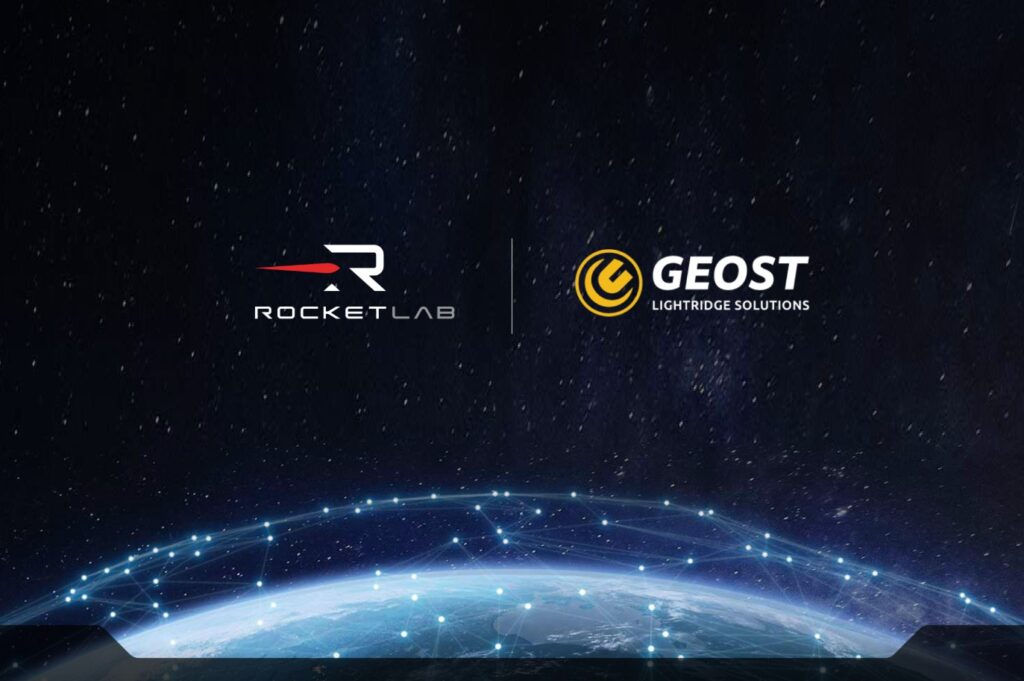Rocket Lab Enters Missile Defense Satellite Market with Acquisition of Geost
On May 27, Rocket Lab announced that it would be acquiring Geost, a producer of electro-optical and infrared sensors, for $275 million. This puts Rocket Lab in a unique position where it is vertically integrated to build, launch, and operate missile tracking satellites pretty much on its own.
Combined with the ongoing acquisition of Mynaric, announced on March 11, who manufacture optical-intersatellite links, the company is now poised to provide a solution as part of the Space Force’s Proliferated Warfighter Space Architecture (PWSA) which seeks to track hypersonic gliders and ballistic missiles. Rocket Lab was already selected to provide 18 satellites as part of the Tranche 2 Transport Layer which forms the communication backbone of the PWSA as well as the future Golden Dome .

With the in-house ability to provide infrared sensors the possibility of bidding on the Tranche 3 Tracking Layer (T3TRK) opens up. Geost has already been selected to provide sensor payloads for the Tranche 2 Tracking Layer in collaboration with Sierra Space, one of Rocket Labs competitors. Interestingly, the opening to submit proposals for the T3TRK closed on May 22, a few days before Rocket Lab announced the acquisition but arrangements could have been made.

Rocket Lab has been working for a while to position itself as an ‘end-to-end’ provider who not only launches payloads to orbit but builds the satellites in-house, including major subcomponents like solar panels, star trackers, radios, and reaction wheels. This gives it an advantage over contractors like Lockheed Martin who need to outsource launch to Firefly or SpaceX while also outsourcing sensor payloads to General Atomics. Even a champion of vertical integration like SpaceX needed to outsource sensor payloads to Northrop Grumman for the NRO’s classified constellation. Whether the acquisition of Geost will pay off will be determined when the T3TRK contracts are awarded later this year.

